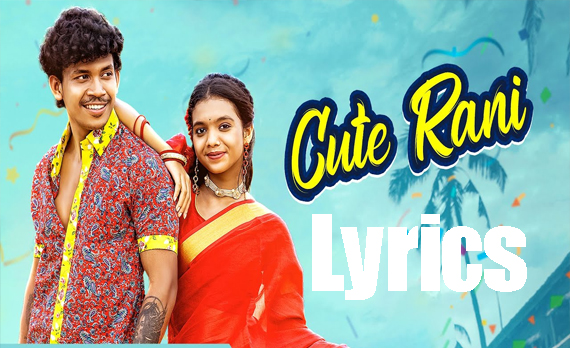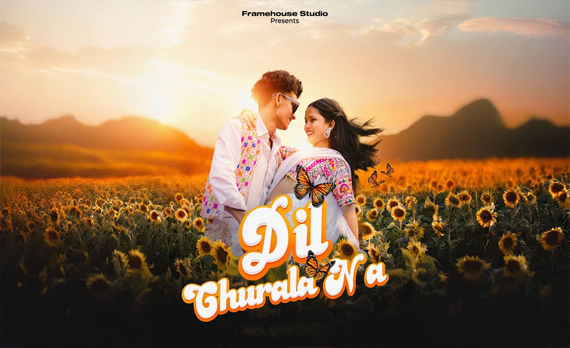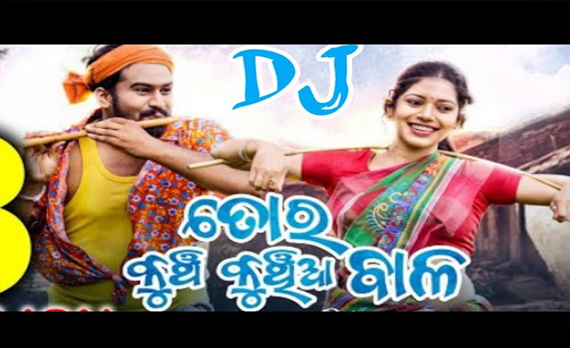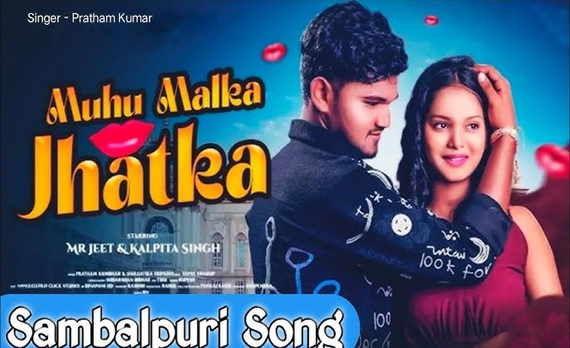Sambalpurien Songs Lyrics
Section 01
Lo cutie cutie cutie
Nelu dil ke, hey mor looti
Kahi meetha meetha katha (aa)
Mari Dela na mate
Maari dela na mate (ae)
Ee sambalpurien
Ee sambalpurien
Ee sambalpurien
Section 2
Hero marka siyaana babu
Noori ayele kena payebu
Sambalpuria guna sabu re
Dekhle fida hei jibu
Phasi Gali na saathe
Phasi Gali na saathe (ae)
Mui sambalpurien
Mui sambalpurien
Mui sambalpurien
Mui sambalpurien
Section 3
Sutar naai bhaaba re
Bhola chehera dekhi (ee)
Ete style sate Sallu ki Shahrukh
Kehi ba naai sikhi (ee)
Tui bi ta raani re
Kam noohe se baaki (ee)
Mor naa pare mehendi bhitre
Lukeichhu lekhi (ee)
Mari Dela na mate
Maari dela na mate (ae)
Ee sambalpurien
Ee sambalpurien
Mui sambalpurien
Mui sambalpurien
HooK
Hey Na aa na….
Section 4
Basithibu gaadi ne
Gaanr gauntien lekhe (ae)
Kahela katha tor hukum maani nemi
Gaare bi naai dege (ae)
Maangi thili re jaha
Upase rahi kete (ae)
I Love You, oh re sambalpuria babu
Paai gali na tate (ae)
Maani neli na tate
Jaani gali na sate (ae)
Ee sambalpurien
Ee sambalpurien
Mui sambalpurien
Mui sambalpurien
Sambalpuri songs, originating from the western part of Odisha, India, are a vital aspect of the region’s rich cultural and musical heritage. Known for their rhythmic beats, soulful lyrics, and traditional instruments, these songs encapsulate the emotions, stories, and everyday life of the people of Sambalpur, Bargarh, Bolangir, and other surrounding districts in Odisha. They are deeply rooted in the culture, mythology, and rituals of the region, offering a musical reflection of the natural beauty, struggles, joys, and spiritual connections of the land and its people.
The Essence of Sambalpuri Music
Sambalpuri music is part of Odisha’s broader folk music traditions, but it has a distinct identity that sets it apart from other regional styles. The melodies of Sambalpuri songs often feature a blend of classical ragas with earthy folk rhythms. The music is known for its simplicity, yet it carries profound depth, evoking strong emotions, whether it’s love, sorrow, celebration, or devotion. Sambalpuri songs are generally sung in the Sambalpuri dialect, a variant of Odia spoken in the western districts of Odisha.
Themes and Lyrics: Connecting with Everyday Life
The themes of Sambalpuri songs are varied, reflecting the agricultural lifestyle, love, seasonal changes, local festivals, and folk tales of the region. Many of these songs are passed down through generations, with lyrics that tell stories of heroism, local deities, social customs, and regional history. A few common themes include:
Rural Life: Many Sambalpuri songs are a celebration of the agrarian life of the people. They portray the beauty of nature, the changing seasons, and the relationship between humans and the land. The songs often describe the joys of harvest time, the struggles of farming, and the connection between the soil and the people.
Love and Romance: Love is another popular theme in Sambalpuri music. These songs often tell stories of unrequited love, longing, and devotion, echoing the traditional rural romances that have been immortalized in the culture of the region.
Festivals and Rituals: Festivals such as Nuakhai, the harvest festival, and other local rituals are celebrated through Sambalpuri songs. These songs often invoke the blessings of deities and depict the celebratory atmosphere of these events.
Devotion and Spirituality: Sambalpuri songs are also known for their spiritual themes, especially songs dedicated to the region’s local deities and gods. They play an important role in religious rituals and community gatherings.
Musical Instruments: The Sound of Sambalpuri
The unique sound of Sambalpuri music is created through the use of traditional instruments that have been integral to the region’s cultural identity for centuries. Some of the key instruments include:
Dhol: A large drum that is often the backbone of Sambalpuri music, especially during festivals and celebrations. Its deep, resonating beats provide the rhythmic foundation of many Sambalpuri songs.
Tasha: A small percussion instrument, similar to a drum, but played with greater agility, adding a sharp rhythm to the songs.
Nagara: A pair of large cylindrical drums that are typically played during religious festivals and rituals, adding to the grandeur of the music.
Bansuri: A bamboo flute, often used in folk songs, adds a soothing melody that complements the rhythmic beats of the drums.
Madal: A traditional drum, similar to the dhol, but smaller in size, used extensively in Sambalpuri folk performances.
The combination of these instruments, along with the melodious vocals of the singers, creates a sound that is both energetic and evocative, drawing listeners into the heart of Sambalpuri culture.







